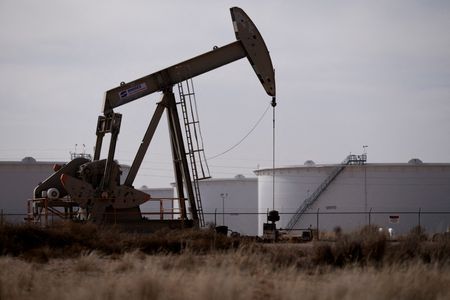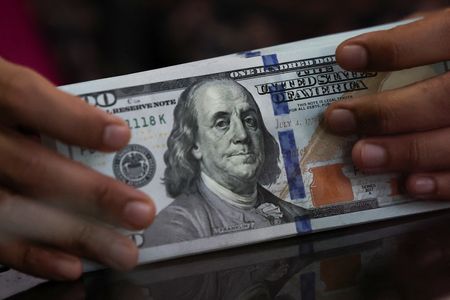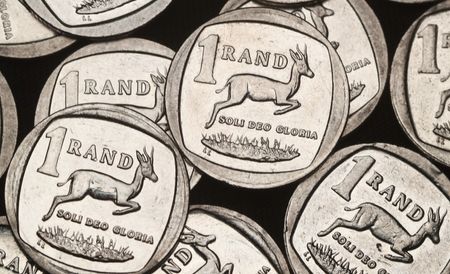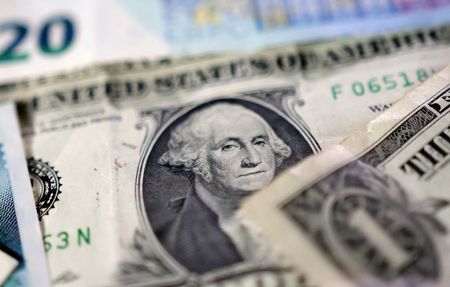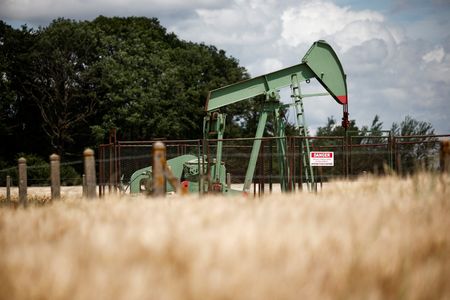By Anna Hirtenstein
LONDON (Reuters) -Oil prices fell on Friday as traders awaited talks between U.S. President Donald Trump and Russian leader Vladimir Putin, which some expect could lead to an easing of the sanctions imposed on Moscow over the war in Ukraine.
Brent crude futures fell 49 cents, or 0.7%, to $66.35 a barrel by 1105 GMT. U.S. West Texas Intermediate crude futures lost 58 cents, or 0.9%, to $63.38.
At Friday’s meeting between Trump and Putin in Alaska, a ceasefire in Ukraine is at the top of the agenda. Trump has said he believes Russia is prepared to end the war, but he has also threatened to impose secondary sanctions on countries that buy Moscow’s oil if there is no progress with peace talks.
“The market is watching out for whether there is a ceasefire or not. An expectation of a ceasefire translates into more Russian production,” said UBS commodities analyst Giovanni Staunovo. “The question is will there be escalation or de-escalation?”
For the week, WTI is set to drop 0.7% while Brent is on track for a 0.4% gain.
Weaker economic data from China, meanwhile, raised concerns over fuel demand.
Chinese government data showed factory output growth slumped to an eight-month low and retail sales growth expanded at its slowest pace since December, weighing on sentiment despite stronger oil throughput in the world’s second-largest crude user.
Throughput at Chinese refineries rose 8.9% year on year in July, but that was down from June levels, which were the highest since September 2023. Despite the increase, China’s oil product exports last month were also up from a year ago, suggesting lower domestic fuel demand.
Forecasts of a growing oil market surplus also weighed on sentiment, as did the prospect of higher-for-longer U.S. interest rates.
Bank of America analysts said on Thursday that they were widening their forecast for the oil market surplus, citing growing supplies from the OPEC+ producer group comprising the Organization of the Petroleum Exporting Countries, Russia and other allies.
The analysts now project an average surplus of 890,000 barrels per day from July 2025 through June 2026.
That forecast follows this week’s International Energy Agency predictions saying the oil market looks “bloated” after the latest increases to OPEC+ output.
(Reporting by Anna HirtensteinAdditional reporting by Laila Kearney and Colleen HoweEditing by Joe Bavier and David Goodman)

